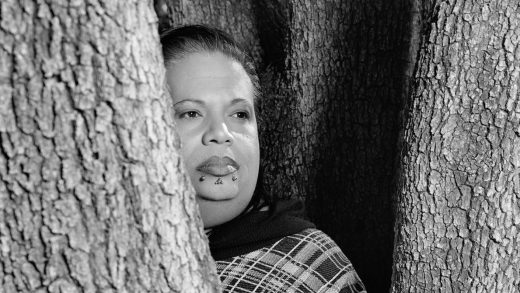:format(webp)/https://www.thestar.com/content/dam/thestar/entertainment/music/2023/05/01/some-key-dates-in-the-life-and-career-of-singer-songwriter-gordon-lightfoot/2023050122058-64507083ef4f5bbee831edf4jpeg.jpg)
Some key dates in the life and career of Gordon Lightfoot:
Nov. 17, 1938: Gordon Lightfoot is born in Orillia, Ont.
1951: Lightfoot, a 13-year-old soprano, wins a talent contest at the Kiwanis Music Festival, held at Toronto’s Massey Hall.
1956: While making music with his high school friends he pulls in enough money to temporarily move to the United States to study music. He ultimately returns to Toronto to pursue his career.
1963: Lightfoot marries Brita Olaisson with whom he would have two children.
1964: Singer Ian Tyson takes interest in two of Lightfoot’s original compositions, “Early Mornin’ Rain” and “For Lovin’ Me,” which helps elevate Lightfoot’s career after spending years playing in Toronto coffee houses and appearing on local television shows.
1965: Freshly signed with manager Albert Grossman, Lightfoot secures a deal for Peter, Paul and Mary to record “For Lovin’ Me,” exposing him to a new audience.
1965: Lightfoot signs a record deal with United Artists and releases his first single.
1965: Lightfoot wins his first of four best folk singer trophies from the RPM Awards, an annual RPM magazine reader survey that was a precursor to the Juno Awards. He would later pick up 12 Junos (including one in 1970 when it was called the Gold Leaf) and be inducted into Canada’s Music Hall of Fame.
1966: “Lightfoot!,” the singer’s debut album, is released more than a year after it was recorded.
1967: Lightfoot releases “The Canadian Railroad Trilogy,” a song he was commissioned to write by the CBC for the start of Canada’s centennial year celebrations. It chronicles the building of the Canadian Pacific Railway.
1971: After changing record labels and signing with Warner Bros., Lightfoot achieves his first major international hit with “If You Could Read My Mind.” The album of the same name also performed well and marked the start of one of the most successful stretches of his career.
1973: Lightfoot and Olaisson divorce in what was believed to be the most expensive settlement in Canada up to that point.
1974: Lightfoot releases “Sundown,” his only album to go to No. 1 in the U.S.
1976: “The Wreck of the Edmund Fitzgerald,” one of Lightfoot’s most enduring songs, is released.
1986: Lightfoot is inducted into the Canadian Recording Industry Hall of Fame.
1989: Lightfoot marries Elizabeth Moon, with whom he has two more children.
2001: Lightfoot is inducted into the Canadian Country Music Hall of Fame.
2002: Lightfoot suffers an aortic aneurysm, which he said required nearly 2 1/2 years of recovery.
2003: Lightfoot is made a Companion of the Order of Canada.
2011: Lightfoot and Moon divorce.
2012: Lightfoot is inducted into the Songwriters Hall of Fame.
2014: Lightfoot marries Kim Hasse, a woman from Los Angeles who worked in the film industry.
2016: Digging into the archives, Lightfoot releases “Plans of My Own,” his first track in 12 years.
2017: Biography “Lightfoot,” by music journalist Nicholas Jennings, is released with the blessing of the musician.
2018: Ahead of Massey Hall closing for major renovations, Lightfoot plays three concerts to bid the venue a temporary farewell.
August 2021: Lightfoot undergoes surgery after he fractures his wrist in a fall at home. He postpones a series of tour dates but is optimistic he will return to the stage.
November 2021: Less than 10 days after his 83rd birthday, the refreshed Massey Hall opens with a three-night Lightfoot engagement that includes his 170th show at the Toronto venue.
December 2021: The singer-songwriter kicks off an extended North American tour that runs through much of 2022.
April 2023: Representatives for Lightfoot announce he’s cancelling all tour dates in 2023 due to unspecified “health-related issues.”
This report by The Canadian Press was first published May 1, 2023.
JOIN THE CONVERSATION
does not endorse these opinions.


